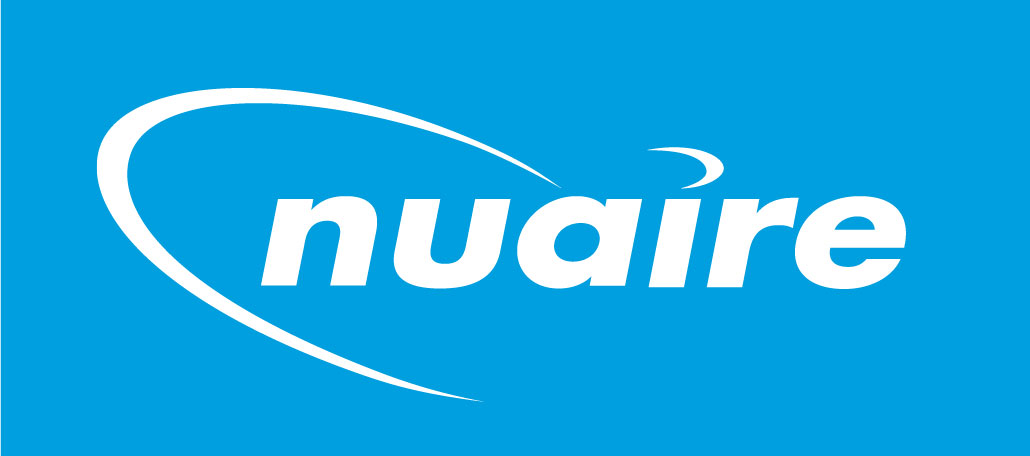Fife Council’s new Dunfermline Learning Campus is setting the path for the nation’s Net Zero Public Building Standard, using Passivhaus Classic as a baseline. Gilberts Blackpool has played a pivotal background role in turning the objective into a reality.
Core objectives in the building services design has been low carbon consumption, internal comfort and good indoor air quality supplied by mechanical ventilation with heat recovery contributing towards energy consumption of <58kWh/m2/annum.
To ensure the correct air quality and levels of air movement- in line with BB101- whilst taking into account idiosyncrasies of the building design, Gilberts’ grilles and diffusers have been used throughout the Campus’ two new schools- Woodmill and St Columba’s.
Across the learning spaces and breakout zones, Gilberts’ fixed (GD) and adjustable (GSJA) high capacity omni-directional swirl diffusers plus linear bar grilles (LG) maintain the compliant indoor air quality. Their designs mean fresh incoming air is rapidly mixed without excess noise nor draughts and used air extracted in line with each zone’s specific air change and heat loading requirements.
The swirls have all been strategically installed into the suspended ceilings of the learning spaces whilst the linear bar grilles are sited in bulkheads to provide air distribution into and out of the space.
The gymnasiums are covered by drum louvres. The drum louvres were chosen for their ease of installation into the non-standard ceiling tiles used and their ability to deliver the high capacity and long throw necessary for such large spaces.
The Campus has been designed by AHR Architects. Project architect Jamie Gregory observed:
“Following the Scottish Funding Trust’s Energy in Use requirements, the building was designed to a stringent set of criteria to ensure maximum comfort with minimum overall energy consumption. Designing to the Passivhaus standard guaranteed we met the Energy in Use criteria. We were confident that the choice of Gilberts’ air movement units would deliver in terms of achieving and maintaining the indoor comfort levels demanded.”
The Dunfermline Learning Campus represents a continuation of Gilberts’ reputation as the leader for air movement, building on a track record that includes Edinburgh’s Learning Estate investment Programme.
Founded 60 years ago, and still family-owned, Gilberts is the UK’s leading independent air movement engineer. It offers a comprehensive range of factory- and site-assembled louvres for screening, weather and noise protection: its acoustic louvres are BSRIA (Building Services Research and Information Association) validated.
Gilberts is unique in its ability to design, manufacture and test all products- including bespoke fabrications- in-house, to the extent it even designs and manufactures its own tools at its 140,000 sq ft head office and production facility.





